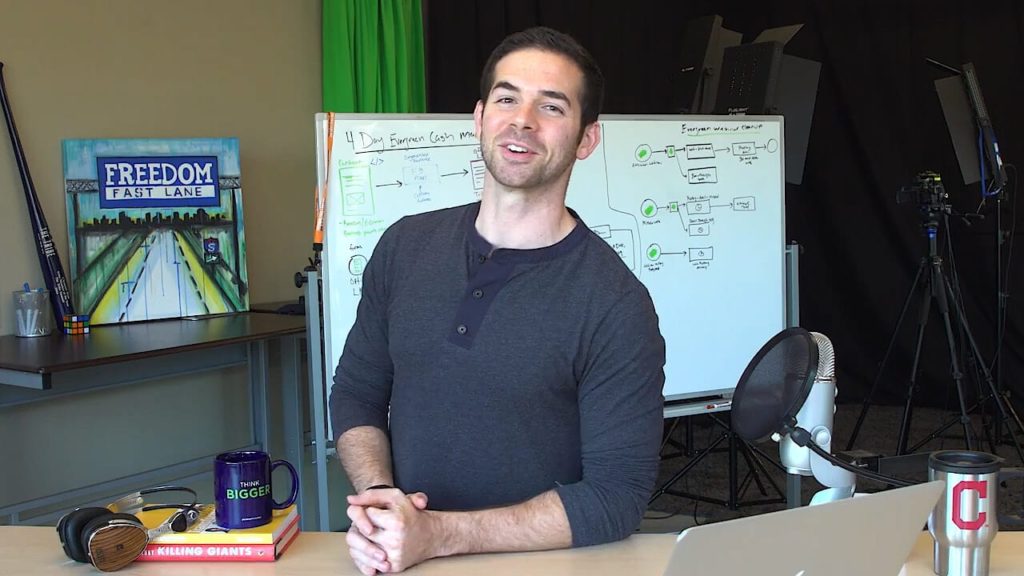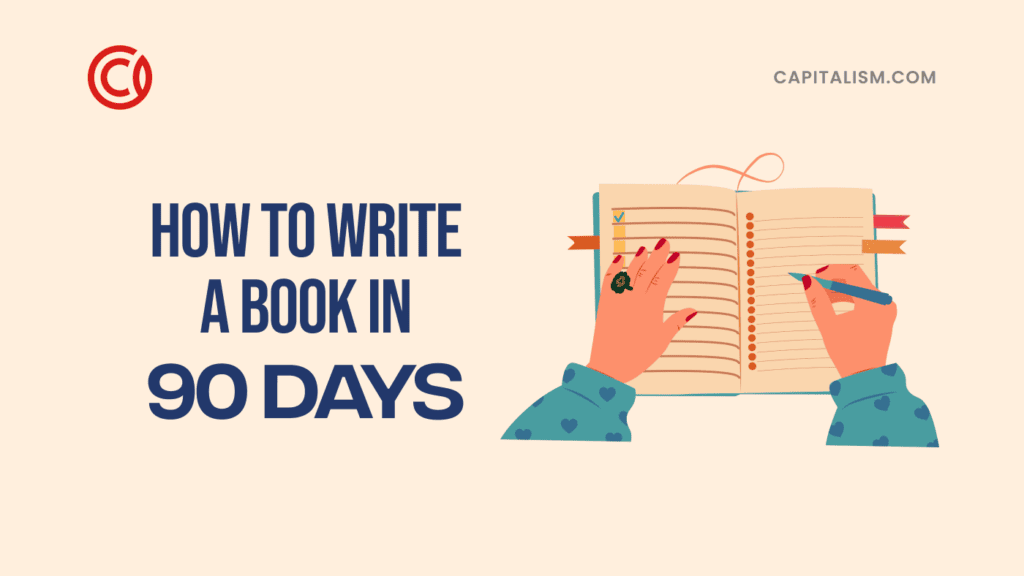You have a brilliant idea for a podcast, but don't know where to get started? Or did you start, but you started rambling on and on and didn't get to the point quick enough? Or perhaps you got to the point, but you forgot some crucial bits of information along the way?
Don't you worry! We've got you covered. This guide is all about how to quickly and effectively outline your podcast. After reading today's post, you'll have a concise, action-packed outline that will help you every step of the way in perfecting your masterful podcast creation!
Typically, podcast outlines are as follows:
- - An opening, which usually includes a short, catchy musical jingle
- - An introductory section, where you introduce yourself, tease the audience with a short paragraph about your main story, outline the rest of the show
- - An introduction of a guest if you have one
- - Transition sound effect 1
- - Topic Segment A
- - Transition vocal bridge: "And now, for...."
- - Topic Segment B
- - Transition sound effect 2 or second vocal bridge
- - Closing Remarks
- - Closing sound effect
- - Credits/announcements
- - Closing jingle or catch-phrase
But, where do you get started? How, exactly, do you fill in an outline like the one above?
Well, dear reader, this 6-step guide will help you create your podcast from top to bottom:
- Fill out your outline--by any means possible!
- Write down the “bones”
- Edit it!
- Write a catchy title
- Triple-fact check everything you say
- Write a description to hook your audience
Step One: Fill out your outline--by any means possible!
Most podcast ideas die before they even make it to the outline stage. Don’t be lazy. Just get it down. Write your outline down, literally anywhere: a napkin, a paper plate, your friend’s forehead (if they’re passed out at a party, they’re totally fair game--right!?) Look, I know it’s difficult and anxiety-inducing, but remember: most everything worth doing makes you scared and overwhelmed when you first start doing it, and podcast episode writing is no exception!
To get started, the best thing to do is to, well, get started. Take out your pen and paper and start doodling if you have writer's block and can't think. The important thing is to JUST GET STARTED!
Don't bother getting bogged down by either the little OR the big details. In fact, have a separate sheet of paper where you write all those distracting thoughts. It doesn’t much matter what you do with the piece of paper containing your distractions (I’m serious, label it “distractions/cool ideas” and write down anything not actively necessary for this podcast episode.
Right, so what are you going to do? You are going to outline your podcast. Right now. You can use the outline above as a skeleton, or you can start your own. Or you can google and find a different outline. But then come back here. Don’t leave me all alone.
The oldest and easiest way is to just use a pen and paper. If you don’t have a pen and paper, use your phones notes application. Or Microsoft word. Or google docs. Oh c’mon, everyone has google docs! The important thing is for you to get started this instant.
Use bullet lists, as its the simplest and easiest for your brain to compute. If you do decide to go digital, use one document (rather than multiple text documents) and be sure to back it up on the cloud or a flash drive.
A neat way to organize your show (and thoughts!) is to use flashcards. This way, you can shuffle them around and imagine for yourself what your podcast would be like if you put the "Interview with Viral Cat Sensation" went before, and not after, the public service announcement about Feline AIDS.
Step Two: Write down the "bones"
Here's where things get personal. I’m going to let you in on one of my greatest secrets of public speaking and performance. You see, when I write every word that I say, I either: A) read it verbatim and ro.bo.ti.ca.ly. or B) end up departing from the script so much that I get lost and ad-lib my performance and end up missing out on the delivery of key details.
So, this is in this tutorial I'm going to suggest to you that you don't write down every little thing that you think you'll say. Instead, write down the things that you know you want to say, and then put some links between them like this:
"This is your really catchy, important sentence that may or may not have powerful facts and/or opinions. I didn't write one, but this is about how long it should be: one or two sentences."
Then, in here, you would put some notes to yourself about what you want to write about. You could use a bulleted list:
- Thing 1. I want to introduce Thing 1 by talking about A, B, and C.
- Thing 2. I want to transition talking about Thing 1 and into Thing 2 after I talk about Subject D but before I talk about Subject E.
- Thing 3. Then, I want to rush/meander/ease into talking about Thing 3 by discussing Topic F, E, and maybe Topic G if there’s time. Then, when I’m talking about Topic H, be sure to say:
"This is the next powerful, memorable quote that you want to be sure to nail spot on!"
You get the point.
Step Three: Edit it!
It's best practice to read the script aloud and do a few dry runs with your stopwatch (or, rather, your cellphone stopwatch app) in hand. Be sure to keep notes as you're practicing. This lets you know how long your different segments are. After a couple of out-loud dry-runs, it's time to go back to your script and edit out the bad parts, add some linking phrases or concepts when the transition is awkward or forced, and tighten up your general discussion, message, or presentation.
When editing your podcast episode script, be sure to use some sort of grammar checker. I recommend using Grammarly, a free spelling and grammar app that is miles ahead of Microsoft Word spelling and grammar check. Grammarly has a convenient plug-in for your internet browser, too, so you can check your grammar and spelling in google docs or Grammarly's stellar in-house text editor.
Phew, that was exhausting. But you’re not done yet. There are still 3 more things to do before you’re ready to actually record your podcast:
Step Four: Write a catchy title
Just because someone listened to your podcast before doesn't ensure that they will listen to your podcast again! The data shows that grabby titles that inform and tease the reader are the best. There's nothing like a long title full of long words to put a potential listener off!
Keep to the message of your podcast, and use wordplay or puns to entertain the listener--even before they ever start listening! Keep your titles down to fragments of sentences, and keep your topics to a maximum of 3. When writing your intro, be sure to address everything on your title so your reader is not confused.
Step Five: Triple-fact check everything you say
If you're going to discuss an event, study, or other pieces of factual information, be sure that you can back your fact up with a sound source. There's nothing worse than losing credibility for a conjecture that you didn't even need to say. The old adage is doubly true here: "say what you mean, mean what you say".
Use resources like Google News and other news aggregators and search for phrases within quotes to ensure you are pulling relevant (and reputable) news articles related to what you’re saying. Be sure to look deep into the history of the matter. Just because the latest news says something doesn’t mean that the research is definitive. Do a deeper dive now to ensure that your podcast is well-supported and timeless.
I recommend keeping an excel document (or google sheets document) where you list each fact in one column, and then three more columns to the right of that first column for each of the three facts you find that supports your fact or assertion. If you’re looking to be especially dialectical (and want to concern yourself between the facts and evidence that both supports and undermines your various arguments), then include some more columns to the right where you organize the facts that undermine your argument. Clarity of mind and purpose make or break your podcast. If you organize your supporting facts and acknowledge any that may detract from what you’re trying to say, your message will only be that much stronger.
Step Six: Write a description to hook your audience
You may think that a clever title and well-researched podcast is enough, but your audiences (and search engines) will scan through your description and pull out the relevant keywords. So while still using sentences, be sure to cram relevant keywords into your podcast episode description to align your readers' interest with the topic and substance of this particular podcast.
Tell the reader what you’ll be discussing, from the introduction to the guests (if you have any), to the main segments and to the closing segment. Be sure to include all of the relevant topics and also include any interesting deviations or open questions that may result from your podcast. Leave the reader wanting to know more, so they open your podcast and enjoy your amazing content!
If you follow this easy 6-step guide for creating your podcast from top to bottom, you'll be in great shape once you hit the studio and will be prepared to deliver a powerful podcast performance!
Read More:












